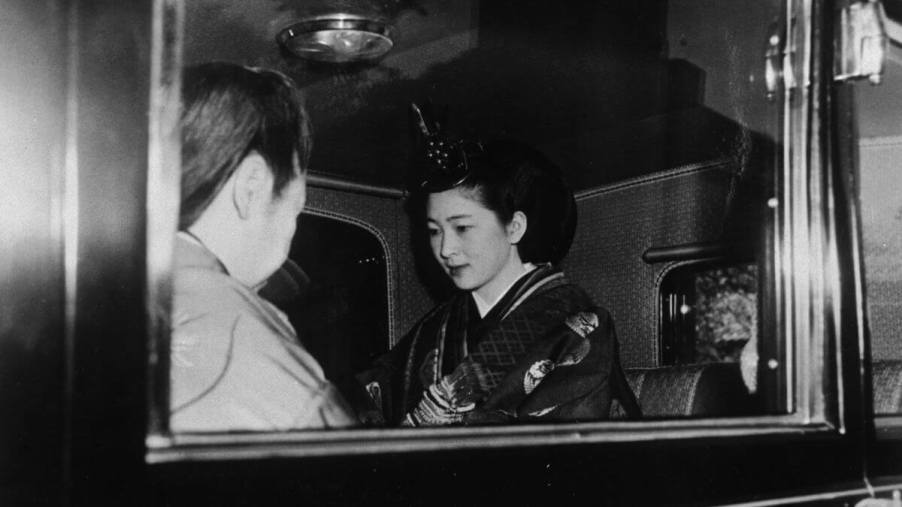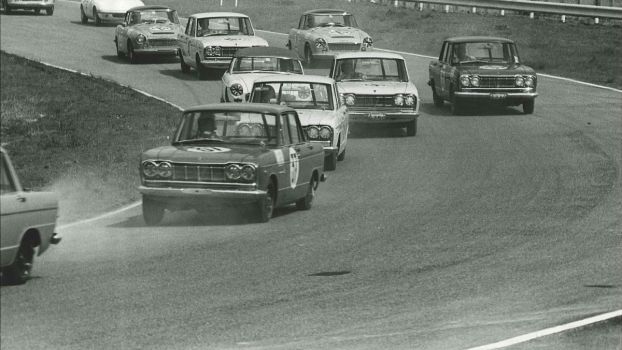
Only 5 of This Nissan Model Were Made for the Imperial Family of Japan
The Nissan Gloria is an attractive JDM car for many reasons. One is its growing reputation among American car enthusiasts as a widely unknown luxury sport sedan. It’s an uncommon car in the U.S. because it was only imported here for a couple of years in the 2000s as the Infiniti M. Other than that, the only Gloria models in the U.S. have been imported. However, in Japan, the Gloria is a famous car uniquely connected to royalty through an exclusive limo lineup.
What is the Nissan Gloria?
According to Cars Directory, the Nissan Gloria came out in 1959 as the Prince Gloria. Back in the days of the Prince Motor Company, the Gloria was introduced as a more luxurious version of the Prince Skyline. It was heavily aesthetically inspired by American cars like the Chevy Bel Air, and some premium standard features included more plush seats, a rear center armrest, and a radio with two speakers rather than just one.
The first Gloria ever built was given to Akihito, Japan’s crown prince and future emperor, as a wedding gift. Akihito must have been satisfied with his Prince Gloria, as he would later spend decades as emperor riding in special editions of the Nissan Gloria built especially for Japan’s imperial family.
What is the Nissan Prince Royal?
The Nissan Prince Royal was technically its own distinct model. However, it was essentially a limo version of the Nissan Gloria. More than that, it was a limo designed to be Japanese royalty’s official transportation.
According to The Truth About Cars, the Prince Royal was based on the A30 generation of the Nissan Gloria, which was launched in 1967. This was one year after the merger of Nissan and the Prince Motor Company was complete. In this period, the Gloria still looked much like popular American cars, such as the Ford Galaxie and Pontiac LeMans.
Although based on the Gloria, the Nissan Prince Royal had many updates and unique touches. Since it weighed over 7,000 pounds, it needed more muscle under the hood than what the four- and six-cylinder Gloria engines could muster. Power came from a 256-horsepower 6.4-liter V8 engine. Not only was this V8 unavailable in the Gloria, but only eight of these engines were ever produced. Since Nissan didn’t have a transmission capable of handling V8 power, it used a GM Super Turbine 400 three-speed automatic.
The Prince Royal’s connection to the Imperial Family of Japan
The Imperial Standard of Japan was displayed on the top of the front grille when the emperor was riding inside. The Prince Royal also had the Imperial Seal of Japan — a golden chrysanthemum — displayed in lieu of license plates and on the exterior of the rear passenger doors.
The inside of the Nissan Prince Royal is where things really get interesting. It has three rows of seats for up to eight people. The front seats are leather, and the rear seats are 100% wool, which was common in Japanese luxury cars at the time. Security personnel often used the middle row of seats, and the third row was for the emperor. It has a phone that the emperor could use to communicate with the driver and, of course, a beverage bar.
A total of five Nissan Prince Royal models were built. Four were limos, and one was a hearse (obviously with different seating and amenities). The Prince Royal was retired in July 2006 after decades of faithful duty to the Japanese royal family. The Toyota Century Royal replaced it. The Prince Royal has the distinction of being the first Japanese car to be the imperial family’s official transportation. Before that, emperors rode in a Rolls-Royce Phantom V and a Mercedes-Benz 770.



